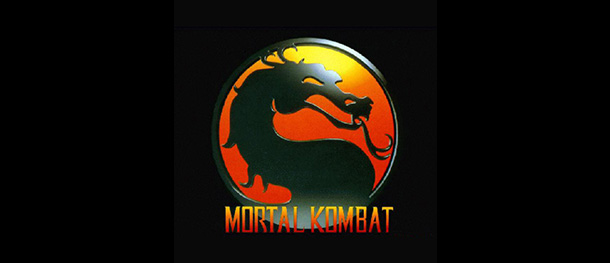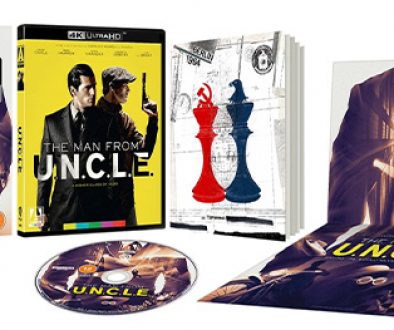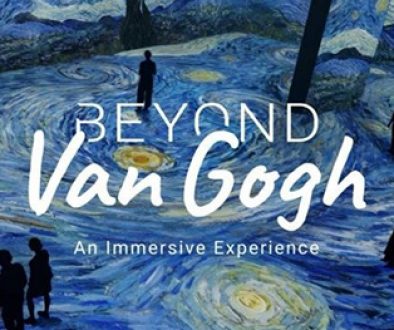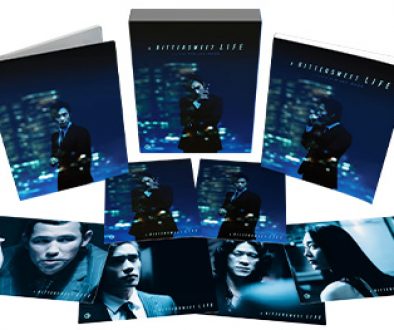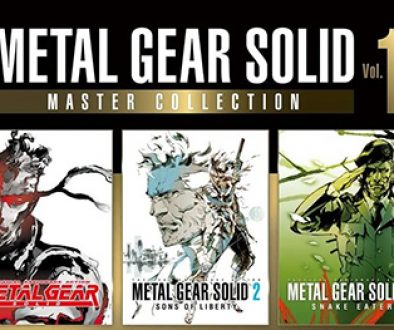Mortal Kombat Memories
Mortal Kombat
Platform: Arcade
Released 1992
Publisher: Midway
Developer: Midway
This isn’t necessarily a retro review, more of a chance for me to share some memories of Mortal Kombat. I’ve been a fan of fighting games for a long time. The Way of the Exploding Fist, International Karate +, and who could forget Street Fighter 2?
I still remember like it happened yesterday, being lucky enough to open up a brand-new Super Nintendo for Christmas in 1992. Street Fighter 2 was packed in with the console and after a short time of connecting the cables, placing the sleek looking 16-bit machine on top of my TV, looking at it excitedly for a few minutes, I then put the cartridge in the console. Wow! I’d only ever seen Street Fighter 2 running on an arcade, but to my mind this was arcade perfect. In the next few weeks, I spent hours completing the game with each character to find out more about their back story. Street Fighter 2 was, and still is a fantastic game, and deserves to be rightly recognised as one of the best video games ever made!
At some point in 1993, I took a trip with my friends to a local service station near to where I lived. It was a 15-minute walk down a busy dark country lane, but it was worth it, as they had something that I could normally only experience on holiday at the seaside. Arcades! This was the first time I clapped eyes on Mortal Kombat, and it’s fair to say I was blown away! The first thing to grab me were the graphics. They were digitised to look like real people and it looked amazing. This was in stark contrast to the cartoon style of Street Fighter 2 and seeing the ‘real’ fighters on screen was a magical moment.
We stood and watched for a few minutes as the attract screen played. The fighters took the stage. A ninja wearing yellow faced someone who resembled Jean-Claude Van Damme. We would quickly learn these fighters were called Scorpion and Johnny Cage. A booming voice shouted “FIGHT” and the next few seconds would change my life. Okay, that’s a slight exaggeration, but you get the point. I can’t remember who threw the first punch, but what we saw was mind-blowing. Blood! As punches connected, blood filled the screen and you could hear an audible wow from us as our mouths opened wide. The fight carried on and special moves started to happen, including the famous punch in the ball’s splits move from Johnny Cage, and Scorpion shouting “GET OVER HERE” as he fired a spear from his wrists which embedded into Johnny Cage’s neck. This pulled Cage closer to Scorpion leaving him vulnerable to a devastating uppercut. We thought this game couldn’t get any better until Johnny Cage stood prone after being defeated. The booming voice ordered, “FINISH HIM” and the next few seconds felt like an eternity. The screen went black, Scorpion pulled off his mask to reveal a skull, and then proceeded to shoot fire from his mouth and burn Johnny Cage to a crisp! The voice said “FATALITY” and that was it, our jaws hit the floor and Mortal Kombat became our obsession for the next few months!
Who were these characters? What were their special moves? Could they all do fatalities? We needed to know, so we pumped all of our money into the arcade. Of course, we didn’t find out much during our playthrough, as we didn’t know the button combinations (and we didn’t have much money), but it didn’t stop us marvelling at the amount of blood that was flying around the screen.
After that I made it my mission to find out more, so it was down to magazines such as Computer and Video Games, (or CVG for short), and GamesMaster to learn all we needed to know. These magazines were like the bible to us, and I spent many hours looking at them in WH Smiths. There was no internet back then, and magazines were essential to find out about the latest games, hints to beat a level, or learn new moves for your favourite fighting game. These magazines are sadly missed, but I still have very fond memories of them as you can tell.
Scorpion became my favourite character, possibly because his moves were the easiest to learn. I remember going to Laser Quest with my friend and they had Mortal Kombat stood in the reception area. Whilst we were waiting, I showed him my prowess with Scorpion. I quickly dispatched my opponent with a mixture of spears, upper cuts and round house kicks. I told my friend to “watch this” as I inputted the code that was embedded into my brain. Hold block and tap up up on the joystick. Scorpion would do his finishing move, and I stood their looking smug as my friend had a big smile on his face.
Playing on the arcade was great, but what I really wanted to know was when was the game coming to home consoles? The 13th September 1993 was just another day for millions of people, but for me it was known as ‘Mortal Monday!’ This signalled the day Mortal Kombat was released on home consoles, and I couldn’t be more excited. I was working as a Youth Trainee at the time and Mondays were my day to go to college. I was paid the princely sum of £37 a week, which didn’t include my bus fare. I scraped the money together and bunked off college, so I could visit my beloved Software City as it opened, meaning I could spend all day with the game I fell in love with. I clutched the SNES version in my hands and made my way home. The sense of anticipation was palpable as I put the cartridge in my beloved console. I turned on the SNES and the excitement was building as the Mortal Kombat logo appeared. I quickly selected Scorpion and within the first punch, something was wrong. Where was the blood? A grey blob appeared in place of the crimson red and I was confused, which then quickly turned into disappointment. On a technical level the game seemed fine, but a huge part of the appeal with Mortal Kombat is the blood and violence. Without it, you are left with a bland fighting game that doesn’t hold a great deal of appeal. After I got over the initial disappointment with the lack of blood, I tried the fatalities. What the hell! These had even been changed and watered down from the original. Scorpions flame fatality was ok but gone was Sub Zero ripping out an opponent’s spine, and Kano pulling out a bloody beating heart. What a let-down!
It was only later I found out about Nintendo’s family friendly policy of not allowing violent videogames on their platform. Their official line on the change to the blood in the SNES version was to describe it as sweat rather than blood. What a load of bollocks! What was wrong with a bit of blood and spinal column ripping!? Quite a lot as it turns out, as Mortal Kombat (amongst other games) created quite a storm in the media and with politicians. Sega on the other hand weren’t held back by such restrictions and released the game intact with all the blood and gore. The game wasn’t as good in terms of graphics and sound, but that didn’t matter. It had the one thing fans of Mortal Kombat wanted. Violence! The other thing holding the Megadrive version back was the 3-button controller. Although Mortal Kombat isn’t the most technical fighting game, there are more buttons required to carry out each move and pressing start to block wasn’t ideal.
I began to get disillusioned with the SNES version of Mortal Kombat until I found out about the Game Genie trick. The Game Genie was an unofficial add on for consoles, and a way to add cheats to games, or manipulate them in some way. Nintendo weren’t too happy with the Game Genie, but that’s another story. I was interested because the Game Genie allowed you to enter a code which would change the grey blob to a red blob which resembled blood. So, off I went to the shops again to invest more money to try and make the game look the way it should have done in the first place. The Game Genie worked, and I was happy for a brief period of time, but by then the whole experience had soured my love for Mortal Kombat.
Thankfully, Nintendo came to their senses with the release of Mortal Kombat 2, which is arguably the best home version of arcade game. I’ve mentioned Street Fighter 2 and Mortal Kombat a lot, but I’m not going to get into which game is the better fighter. Both are good in their own way, but there was something that felt dangerous about Mortal Kombat which added to its appeal.
Today, Mortal Kombat is bigger and better than ever. There have been multiple sequels, spin offs, movies, and whilst the quality has been up and down, its legacy remains firm. Whenever I see or hear about Mortal Kombat my mind is instantly transported back to the early 1990’s where my love affair began. That, my friends, is the magic and power of videogames. Thanks for reading.

